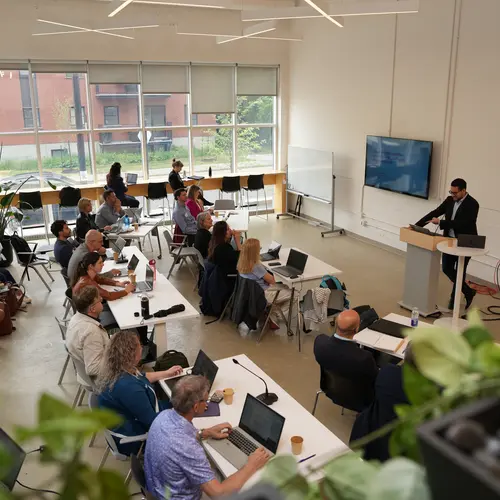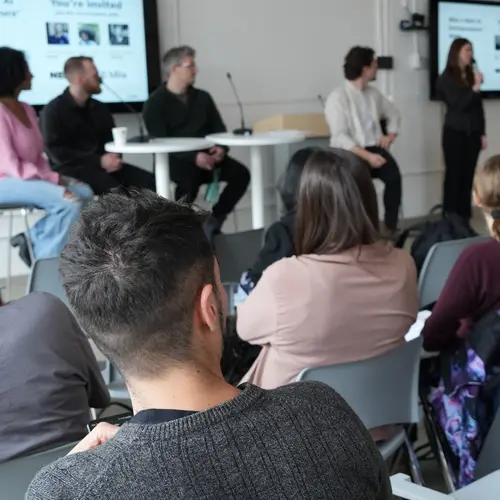
Laura J. Pollock
Biographie
J’occupe le poste de professeure adjointe en conservation, écologie, évolution et comportement au Département de biologie de l'Université McGill. Je suis une écologiste quantitative intéressée par les modèles à grande échelle de la biodiversité aux niveaux régional, continental et mondial. Mes recherches portent sur les effets du changement climatique sur la biodiversité, combinant de nombreuses données sur la biodiversité avec des modèles prédictifs. Mes travaux se concentrent également sur l'optimisation dans le but de cibler les zones clés de biodiversité et de proposer des solutions de conservation efficaces.



